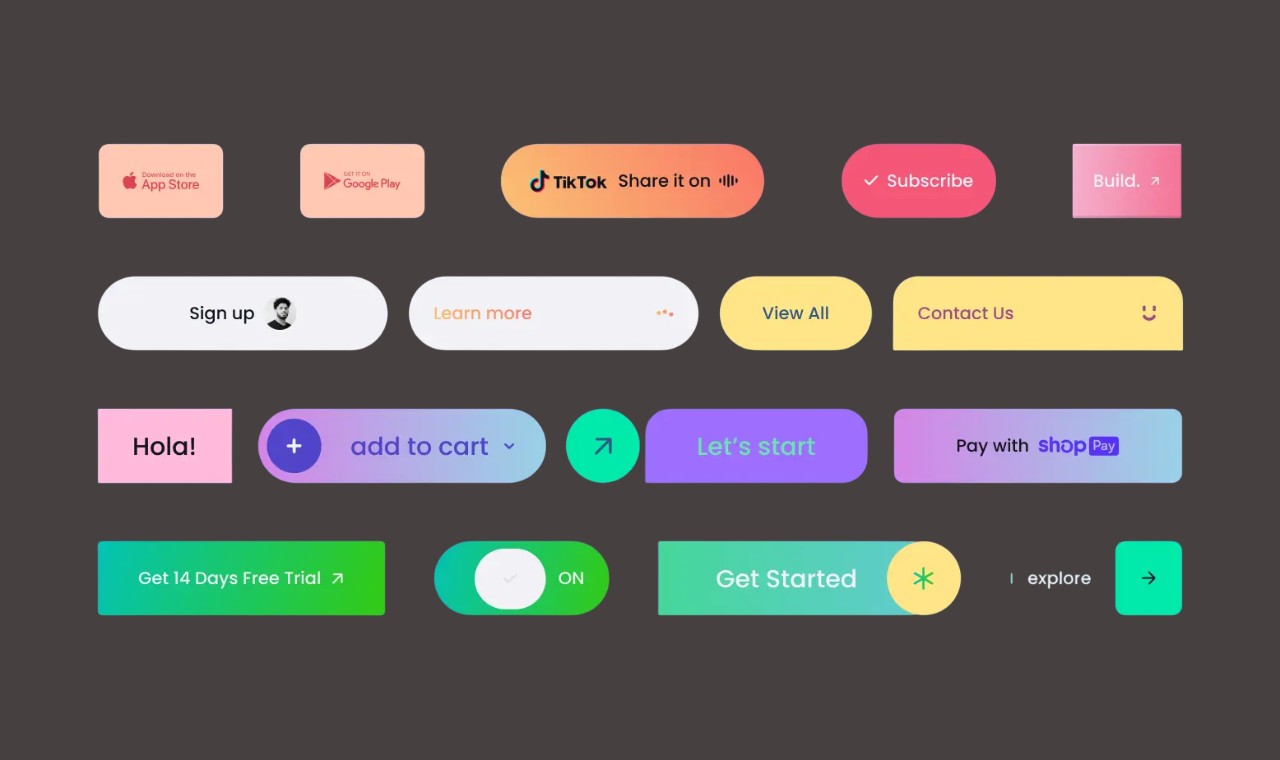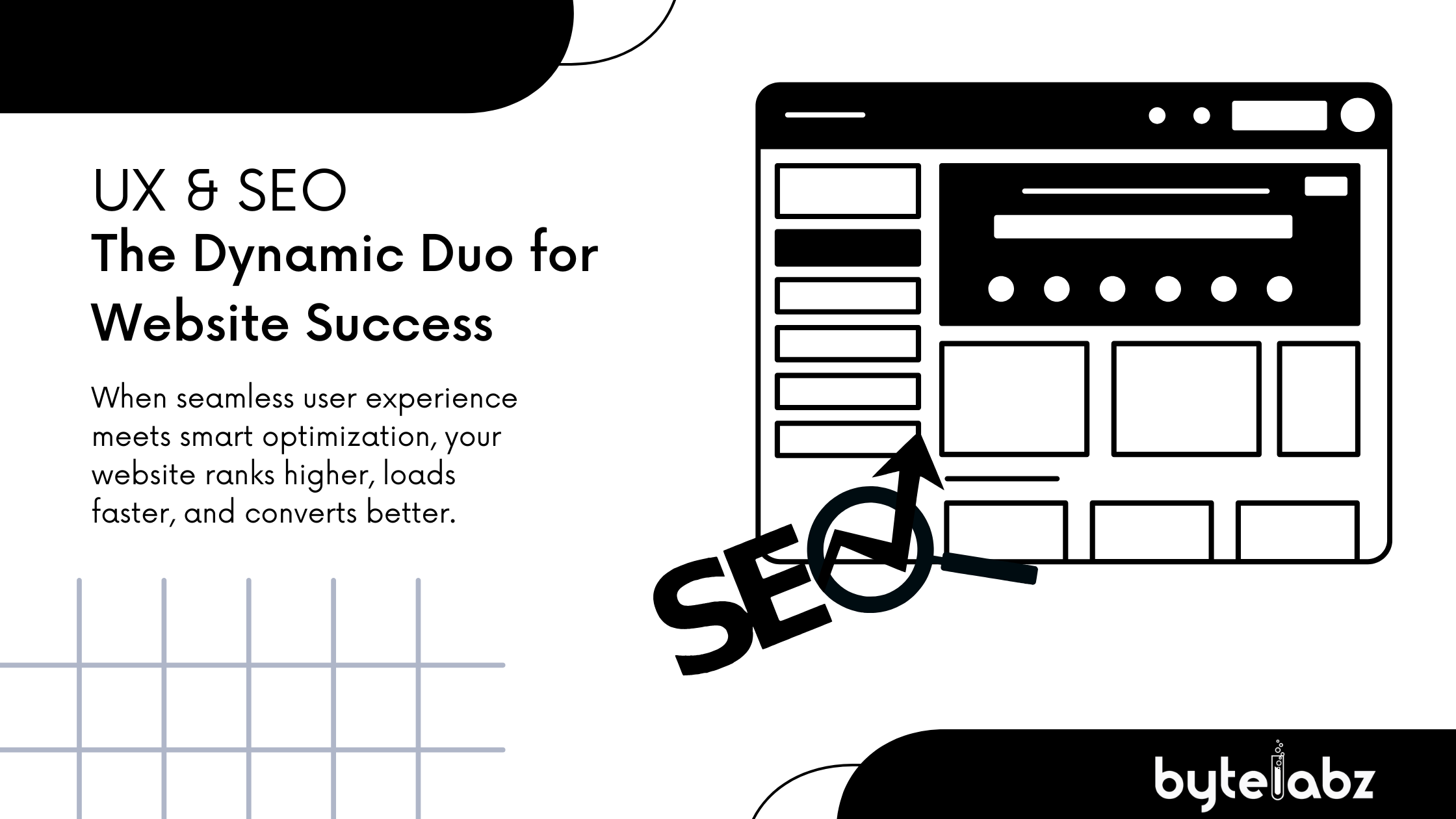Google’s ranking algorithms now prioritize websites that offer real value to users — and that starts with great UX. These two elements, when combined, create a powerful strategy for long-term online success.
What Is UX and Why Does It Matter for SEO?
User Experience (UX) refers to how a user feels while navigating your website. If it’s smooth, easy, and intuitive, users will stay longer — which directly impacts your SEO performance.Search engines like Google are becoming smarter at understanding what users want. That means your website’s design, structure, and content must serve real people — not just algorithms. Google interprets long sessions and low bounce rates as signs of a valuable site. If your visitors enjoy navigating your site, stay longer, and find what they need easily, Google sees those actions as positive signals.
Key UX Elements That Impact SEO
- Mobile-Friendliness: More than half of all web traffic comes from mobile devices. If your site isn’t optimized for smartphones or tablets, you’re likely losing both users and rankings.
- Page Speed: Users won’t wait more than a few seconds for a page to load. Slow websites increase bounce rates, which can negatively affect your SEO.
- Clear Navigation: A well-structured website helps users find information quickly. This also helps search engines crawl your site more effectively.
- Readable, Engaging Content: Easy-to-read, valuable content keeps users engaged. When people stay longer on your site, it signals to Google that your content is relevant and useful.
- Safe and Secure (HTTPS): Security is part of user experience. Having a secure website not only builds trust but is also a ranking factor.
How to Optimize UX to Improve SEO Results
-
1. Speed Up Your Website
How to fix it:
- Compress images (use WebP format)
- Minify CSS, JS, and HTML
- Use fast hosting and a CDN
- Use tools like Google PageSpeed Insights or GTmetrix
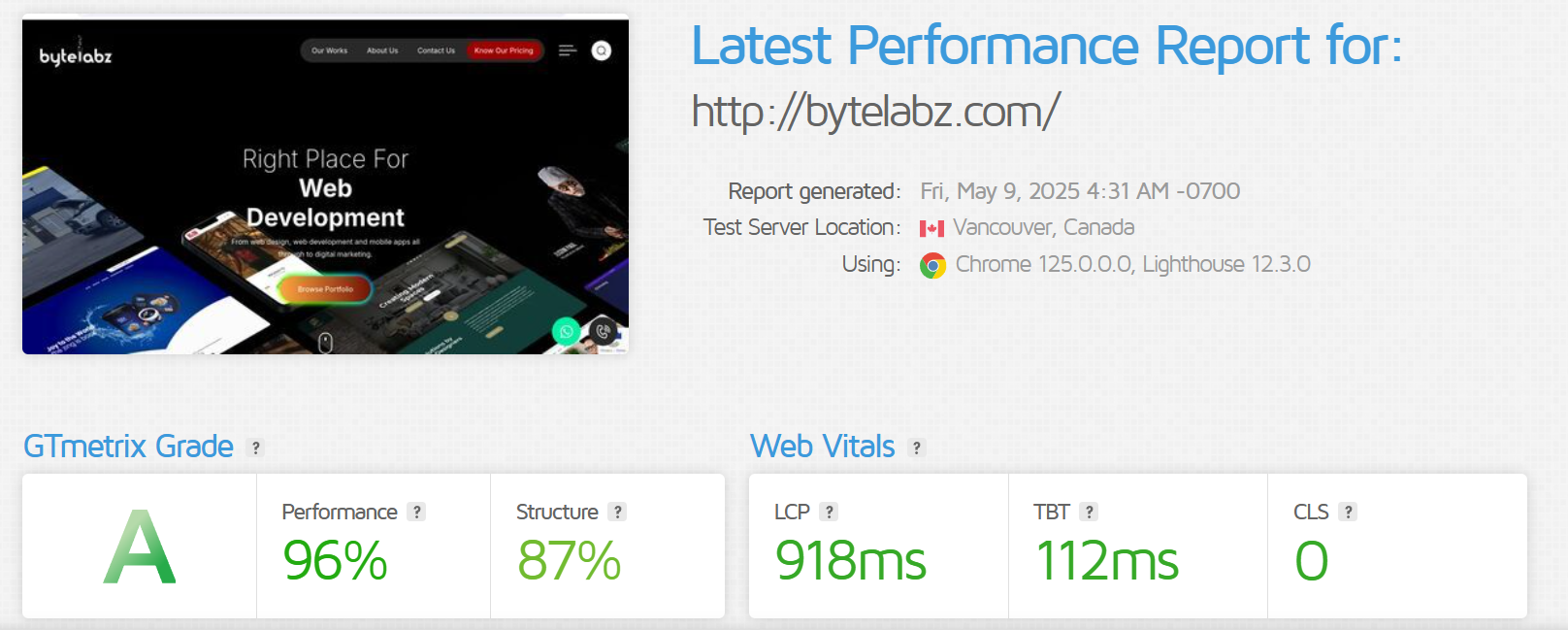
2. Make Your Website Mobile-Friendly
How to fix it:
- Use responsive design
- Avoid pop-ups and elements that cover content
- Test using Google’s Mobile-Friendly Test
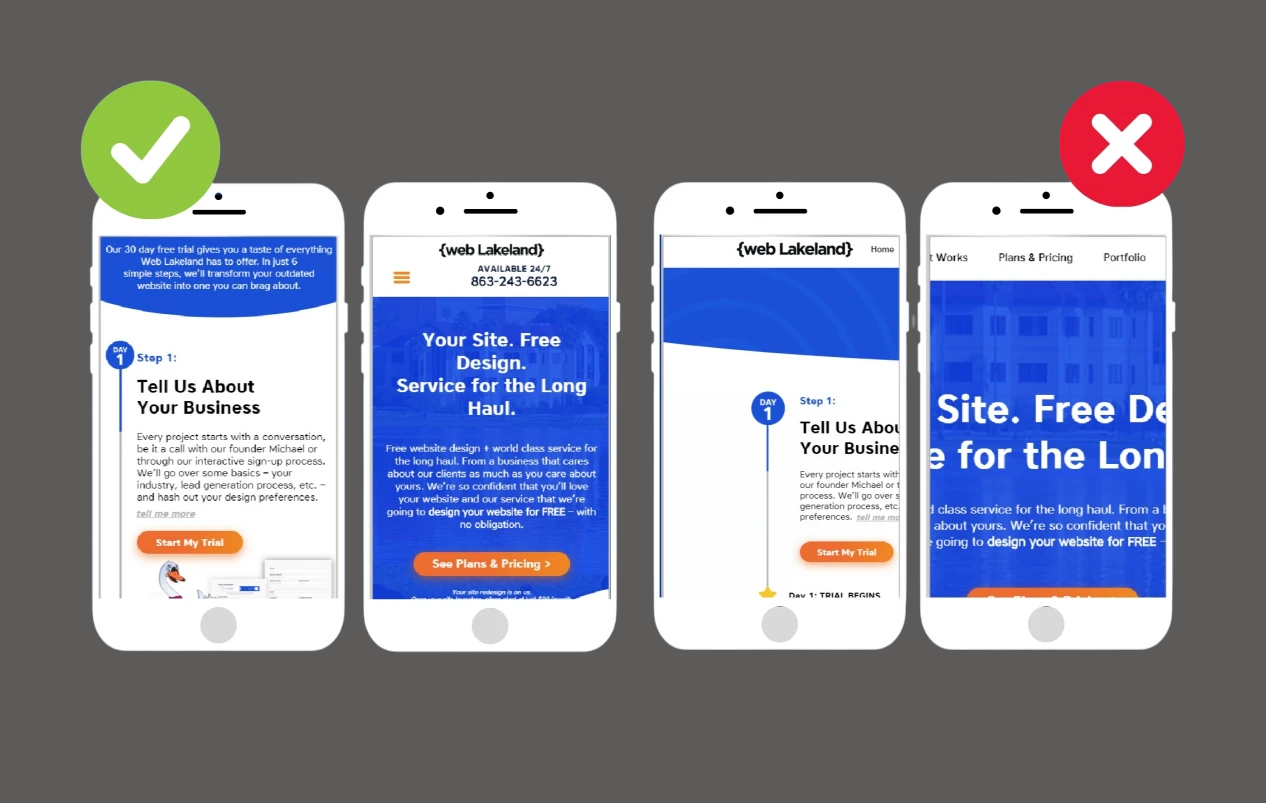
-
3. Improve Site Navigation
How to fix it:
- Use a clear, intuitive menu
- Add breadcrumbs
- Keep the menu structure flat and organized
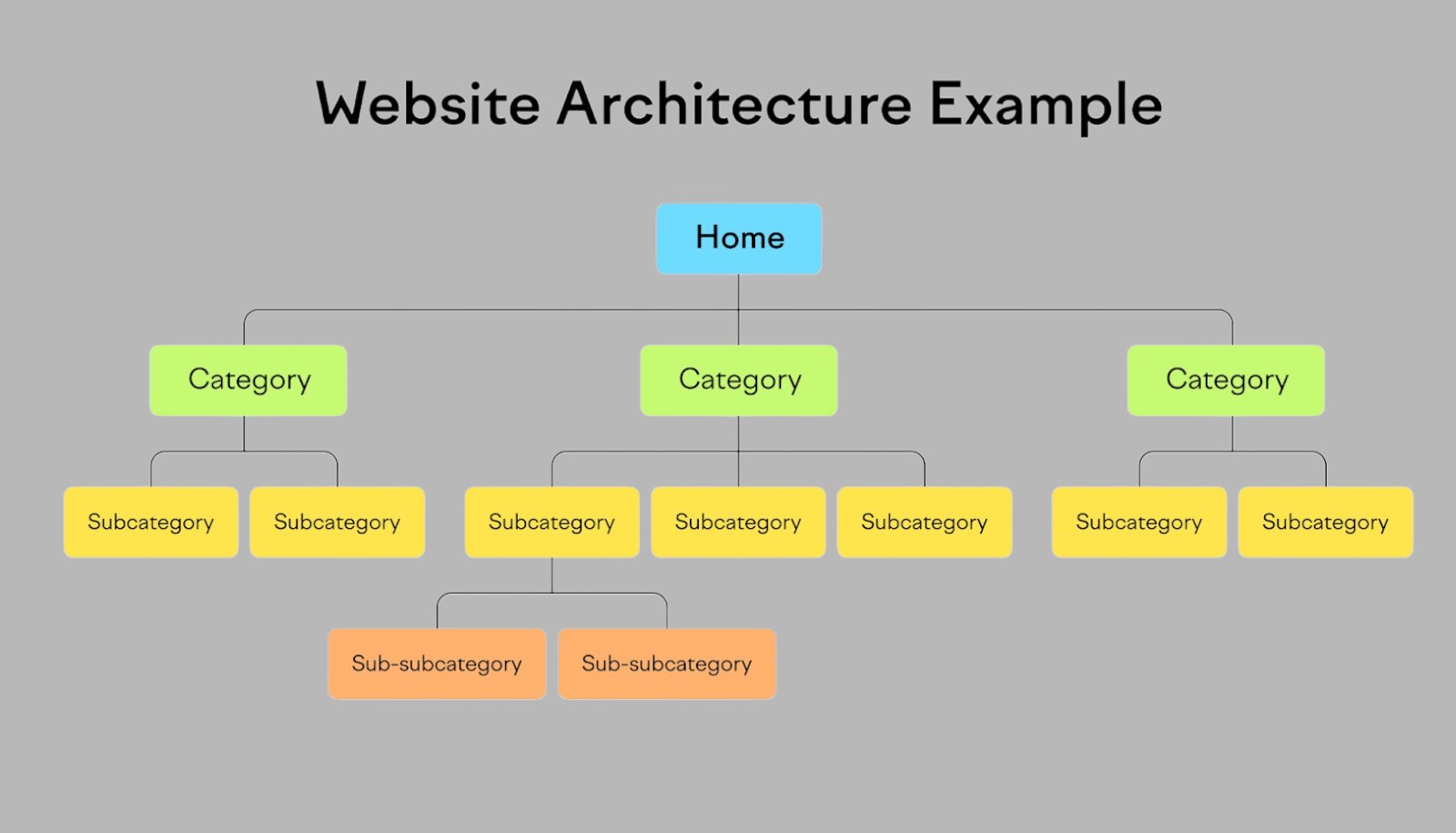
-
4. Use Clean, Readable Design
How to fix it:
- Use legible fonts and adequate spacing
- Break content into sections with headings and bullets
- Maintain consistent layout and colors
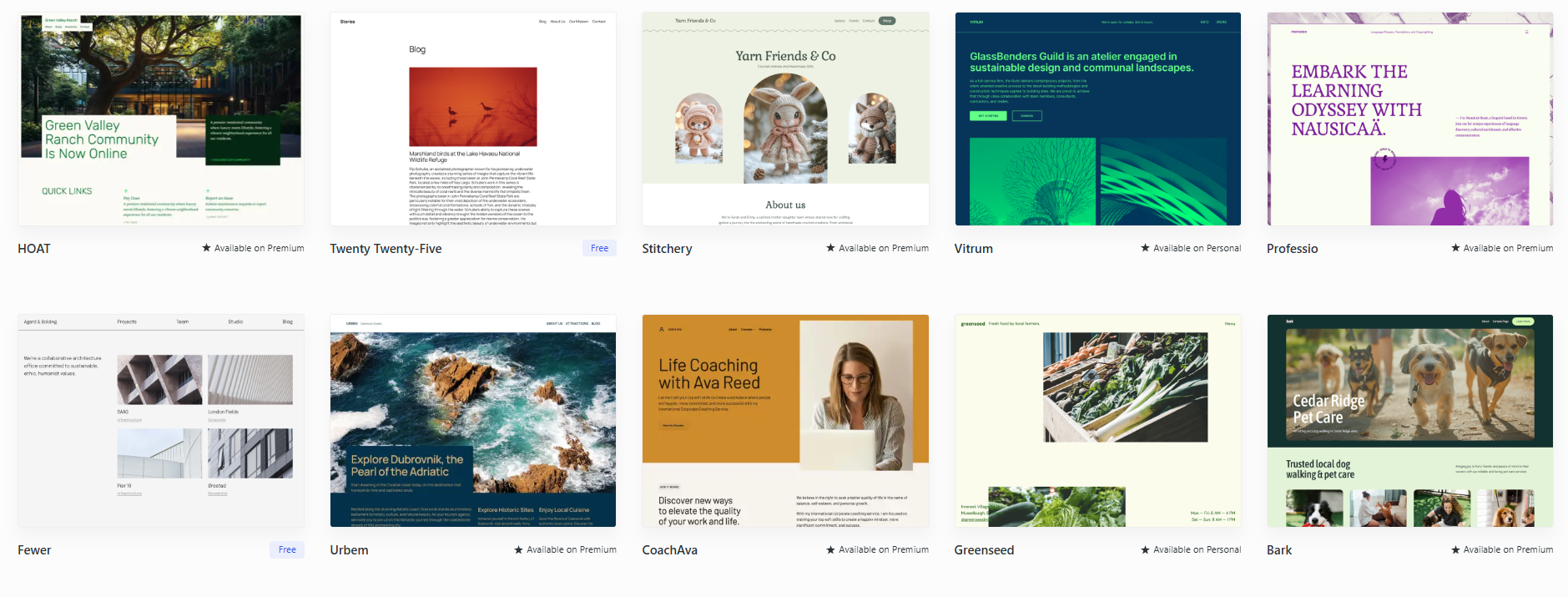
-
5. Create Engaging and Helpful Content
How to fix it:
- Write for users, not just keywords
- Add images, videos, and infographics
- Use proper H1, H2, and H3 tags for structure
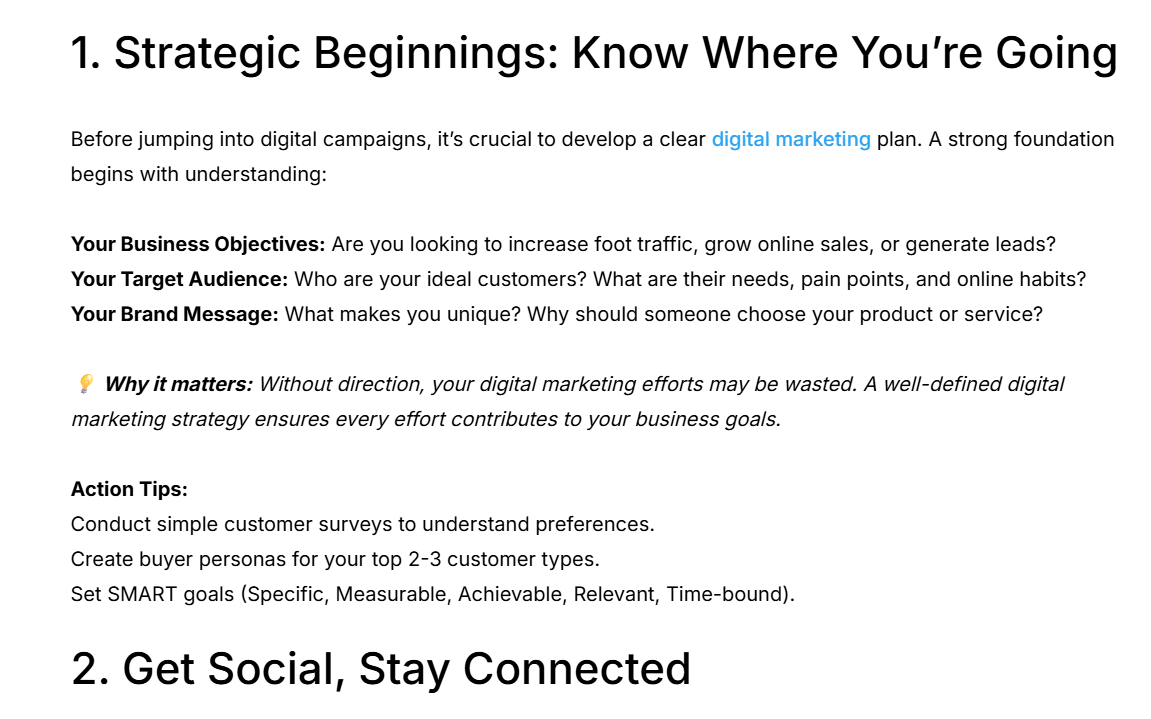
-
6. Ensure Accessibility and Security
How to fix it:
- Use alt text for images
- Make sure the site is keyboard-navigable
- Install an SSL certificate

-
7. Improve Core Web Vitals
Metrics to optimize:
- LCP (Largest Contentful Paint) – loading performance
- FID (First Input Delay) – interactivity
- CLS (Cumulative Layout Shift) – visual stability
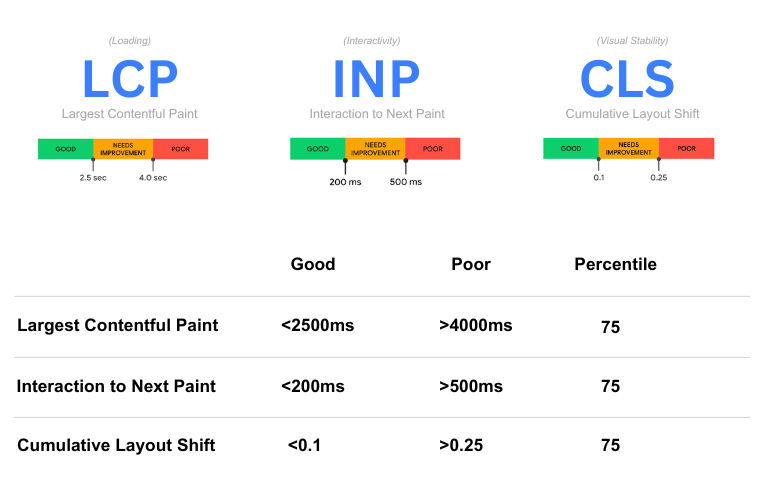
-
8. Encourage User Interaction
How to fix it:
- Add internal links and CTAs
- Use interactive elements like tabs, sliders, or FAQs
- Enable commenting or review sections (where relevant)
